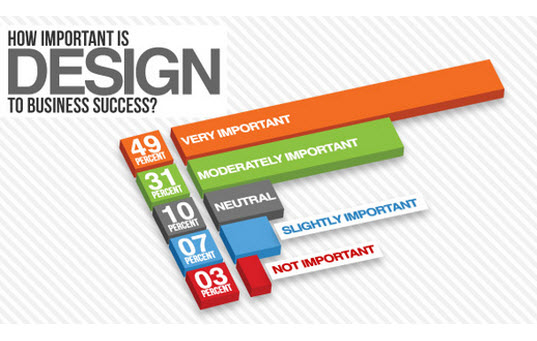Fundamental Elements Of Website Design: Guidelines For Developing A User-Centric Site
Fundamental Elements Of Website Design: Guidelines For Developing A User-Centric Site
Blog Article
Created By-Abildtrup Ehlers
When it comes to internet site design, guaranteeing user-friendliness is key. From receptive design to streamlined navigating, every element plays a critical function in creating a website that accommodates your target market's needs. Yet what regarding the better information that can make or break an individual's surfing experience? Remain tuned as we discover some often-overlooked pointers that can raise your web site's usability to the next degree, making it genuinely attract attention in the digital landscape.
Relevance of Responsive Style
Responsive layout is an important aspect of contemporary internet site advancement. Ensuring your site is receptive methods that it can adapt to various display dimensions and gadgets, providing a smooth experience for customers.
With the increasing use of smartphones and tablet computers to access the net, having a receptive design is necessary for reaching a broader audience. It helps in boosting user experience by making your website very easy to navigate and keep reading any gadget.
Additionally, responsive layout can positively affect your online search engine rankings, as internet search engine like Google focus on mobile-friendly internet sites. By having a receptive design, you're likewise future-proofing your site, as brand-new gadgets with differing display sizes continue to emerge.
Simplify Navigation Framework
To improve user experience and promote easy accessibility to info on your web site, improving the navigation framework is vital. When creating your site, concentrate on producing a clear and user-friendly navigating menu that aids visitors locate what they're trying to find rapidly.
Limitation the variety of menu products to the essentials, grouping relevant web pages with each other to stay clear of overwhelming users. Use detailed labels that clearly indicate the content of each page, making it easier for users to understand where each web link will take them.
Consider carrying out dropdown menus for subcategories to prevent littering the major navigation bar. Additionally, consist of a search bar plainly on the page for customers that prefer looking for particular info.
great site in your navigation style to make certain easy accessibility on all tools.
Enhance Page Lots Speed
Improving web page lots speed is essential for preserving visitors on your web site. Slow-loading web pages annoy individuals and can result in high bounce rates. To optimize page tons rate, beginning by enhancing images. Compress photos without endangering top quality to minimize their documents sizes.
In addition, enable browser caching to save regularly accessed sources in your area, quickening lots times for returning site visitors. Minify CSS, JavaScript, and HTML files by eliminating unneeded personalities, remarks, and formatting, improving tons rate.
Think about utilizing a material distribution network (CDN) to disperse your site's material throughout numerous web servers worldwide, decreasing latency for individuals accessing your website from various areas. Finally, restrict using third-party manuscripts and plugins, as they can substantially affect tons times.
why not look here
In conclusion, by including responsive layout, streamlining navigation, and optimizing page load rate, you can develop an user-friendly website that appeals to a larger target market and enhances customer experience. These essential elements make certain that visitors can conveniently gain access to and navigate your site across different gadgets, resulting in raised interaction and satisfaction. By concentrating on these vital aspects, you can construct a successful website that maintains users coming back for even more.
